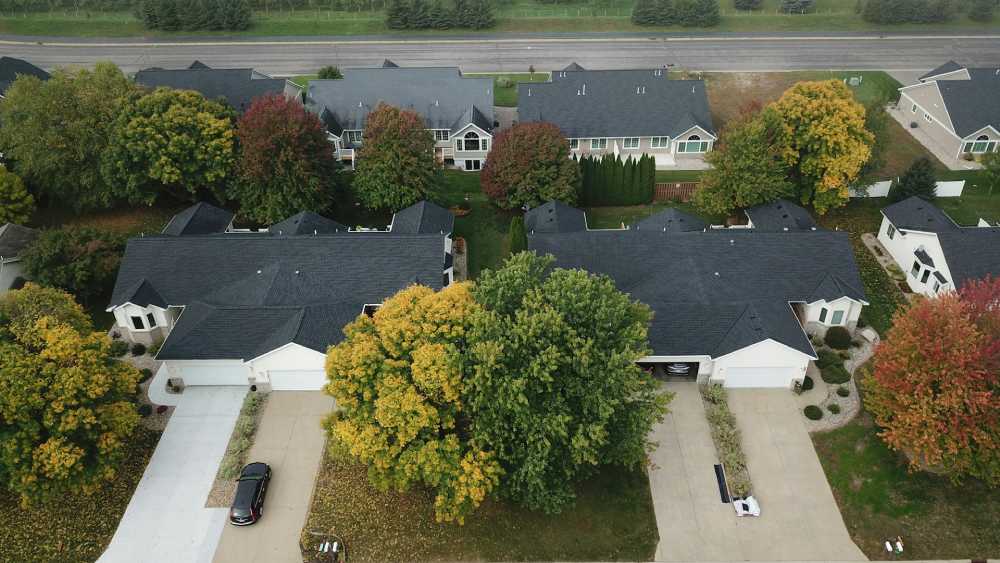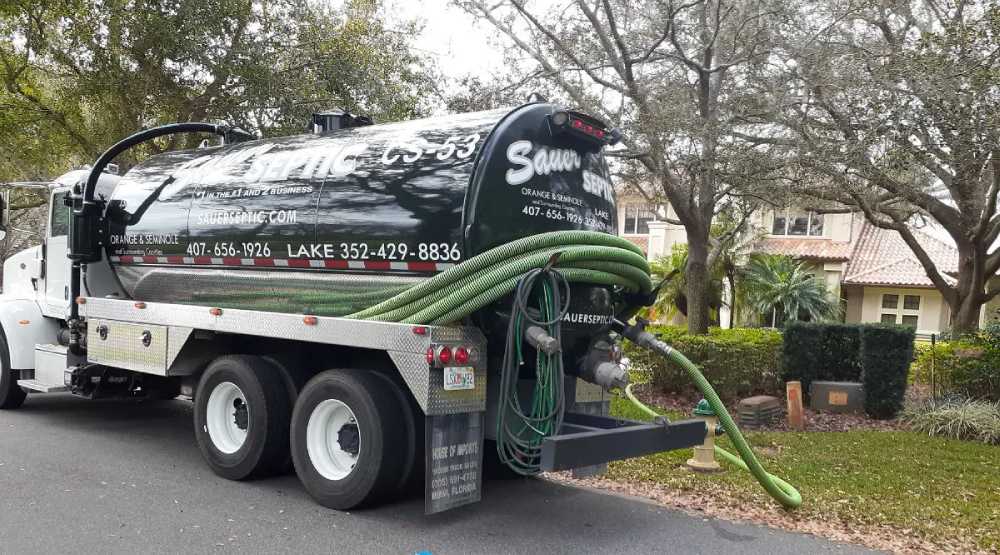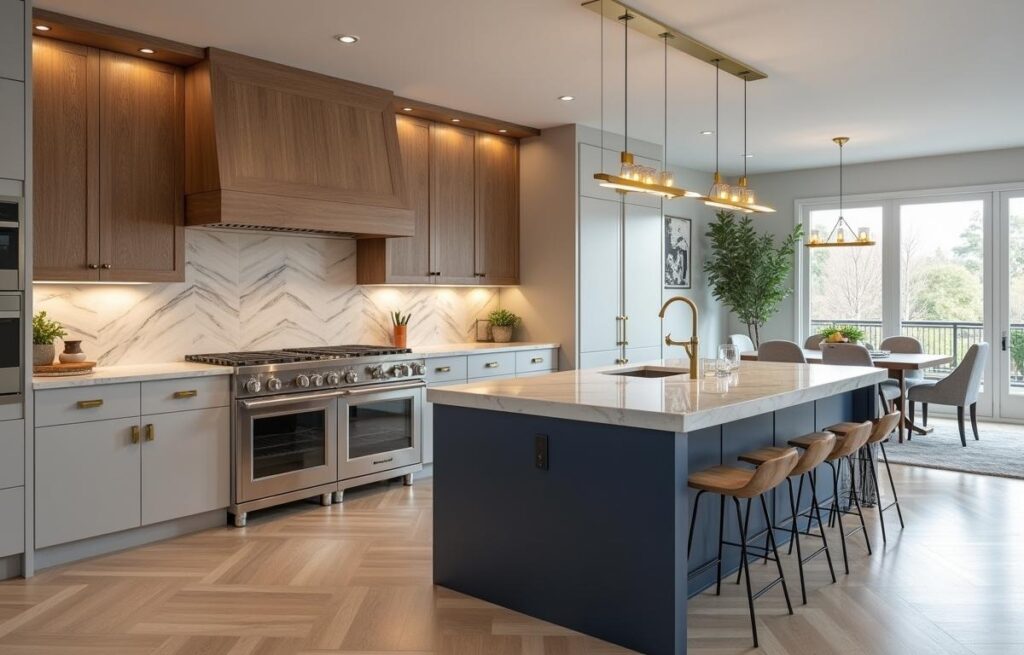Sustainable roofing has rapidly become a significant aspect of modern commercial building design. With increasing awareness about environmental impact, businesses are now looking for ways to make their buildings more eco-friendly, and roofing is a prime area for innovation.
Modern commercial roofing incorporates cutting-edge, environmentally friendly solutions that lower energy consumption and improve building performance, going far beyond the conventional materials of the past. These innovative roofing solutions not only improve the aesthetics of commercial buildings but also help in combating climate change by reducing carbon footprints.
Benefits of Sustainable Roofing
Sustainable roofing offers numerous advantages for both homeowners and businesses, particularly those involved in commercial roofing. Property owners can drastically reduce their energy and carbon footprint by utilizing eco-friendly products and methods. These roofing solutions frequently use recycled or longer-lasting materials to minimize waste and the need for frequent replacements.
Additionally, sustainable roofing can enhance insulation, lower heating and cooling costs, and improve overall building performance. This environmentally conscious approach benefits the planet and provides financial savings and a positive return on investment for those managing commercial properties.
Materials Used in Sustainable Roofing
Various materials are employed in sustainable roofing. Some popular options include recycled metal, excellent roofing membranes, and green roof systems.
Each material has advantages, making it essential to choose the right one for your specific needs. The design of the building, the local environment, and budgetary constraints are some factors that often impact the choice of materials.
Recycled Metal
Recycled metal roofs are durable, long-lasting, and recyclable at the end of their lifespan. They reflect sunlight, reducing cooling costs significantly. Buildings in regions vulnerable to severe weather may use metal roofs because of their ability to endure harsh weather conditions.
Using recycled materials further reduces environmental impact, supporting sustainable construction practices.
Cool Roofing Membranes
Excellent roofing membranes are designed to reflect more sunlight and absorb less heat. This keeps the building cooler and reduces reliance on air conditioning. These membranes can be made from various materials, such as single-ply membranes, reflective coatings, and tiles.
Cool roofs are particularly beneficial in hot climates, where they help maintain comfortable indoor temperatures and reduce energy consumption.
Green Roof Systems
Green roofs, which involve growing vegetation on roofs, improve a building’s overall appearance and offer superior insulation. The U.S. Green Building Council provides information about the advantages of sustainable building materials.
Green roofs enhance air quality, reduce the effect of the urban heat island, and manage stormwater runoff. They also provide recreational areas for building residents and establish habitats for nearby wildlife.
Installation Best Practices
Proper installation is crucial in maximizing the benefits of sustainable roofing. It’s vital to work with experienced professionals who understand the intricacies involved. Following detailed installation guidelines ensures the longevity and efficiency of the roofing system.
Essential best practices include ensuring proper ventilation, accurate insulation, and using high-quality materials. Local construction codes and manufacturer recommendations must be followed to achieve the required performance and compliance.
Maintenance and Long-term Care
Once installed, sustainable roofs require regular maintenance to keep them in optimal condition. This entails regular cleaning, repairs, and inspections to prevent little problems from growing into bigger ones. Regular maintenance extends the roof’s life and ensures it continues to perform efficiently in terms of energy conservation and protection from the elements.
Depending on the kind of roofing material being used, maintenance activities may change, but generally speaking, leak detection, debris removal, and drainage system inspections are part of routine maintenance.





Leave a Reply
You must be logged in to post a comment.